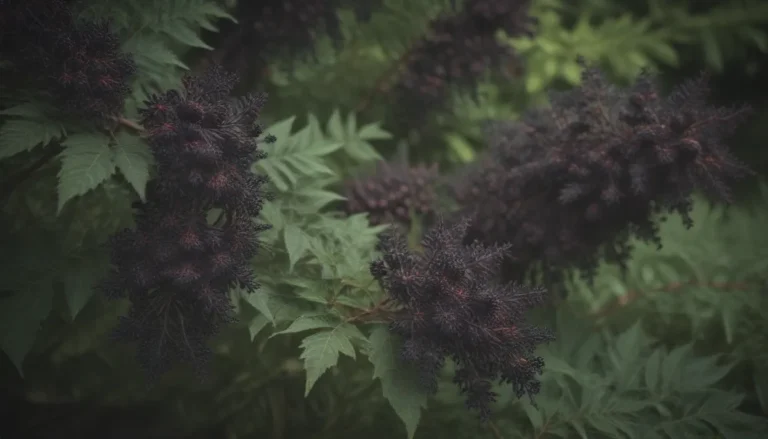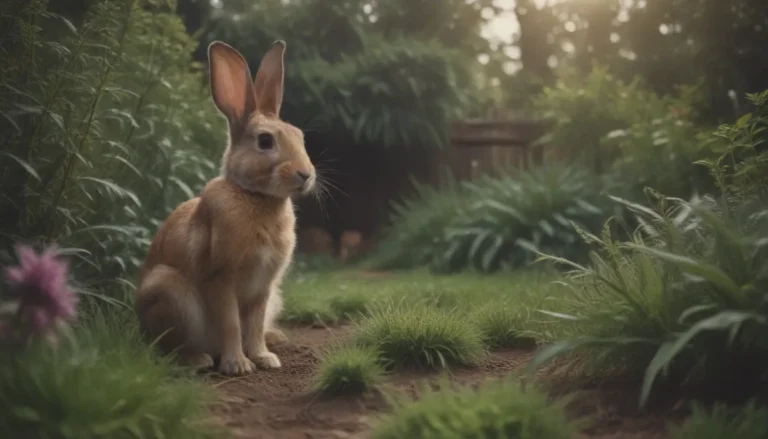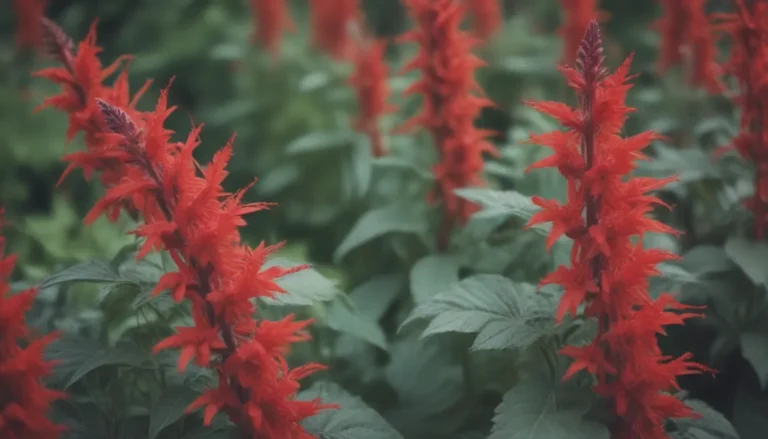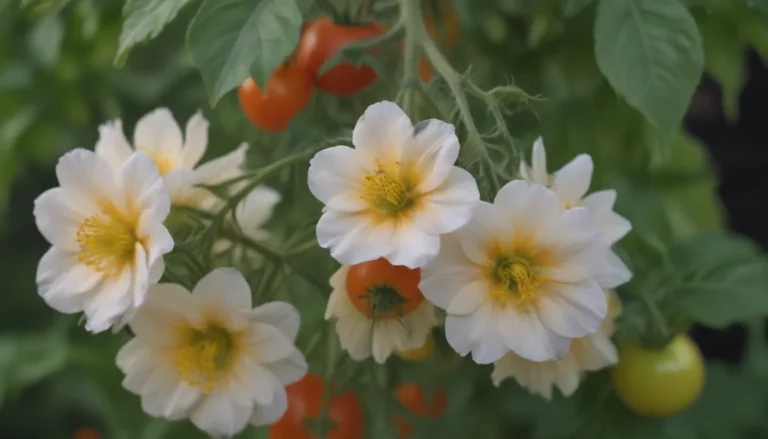Understanding Epiphytes: A Comprehensive Guide

Welcome to the world of epiphytes, unique plants that defy traditional gardening norms. These fascinating plants thrive on other surfaces for support and derive their moisture and nutrients from the air. They are a delightful addition to any garden or living space, adding an element of wonder and intrigue. In this article, we will delve into the world of epiphytes, exploring their characteristics, care requirements, and examples of popular varieties. So, grab your gardening gloves and let’s get started on this exciting journey!
What Are Epiphytes?
Epiphytes are a group of plants that grow on various surfaces such as trees, rocks, and other natural structures. Unlike parasitic plants, epiphytes do not harm or deplete resources from their host plant. Instead, they rely on the host for physical support while obtaining moisture and nutrients from the air. Common types of epiphytes include ferns, bromeliads, mosses, and orchids.
Common Characteristics of Epiphytes
- Perennial plants with many producing attractive flowers
- Develop roots or hair-like structures that attach to surfaces
- Rely on wind or water dispersal for seed propagation
- Capture moisture from rainfall, dew, and host surfaces
- Extract nutrients from environmental debris and symbiotic relationships
Epiphytes vs. Parasites
Epiphytes:
– Fed by sun, moisture, and organic matter
– May have roots or none at all, using host plant for support
– Do not harm or deplete host plant
Parasites:
– Roots penetrate host plant
– Extract nutrients from host plant
– May harm or kill host plant
How Do Epiphytes Get Their Nutrients?
Epiphytes have developed unique adaptations to survive in their aerial habitats. They absorb moisture from rainfall, humidity, and host plant surfaces, while also capturing nutrients from environmental debris. Some epiphytes have special structures like cup formations or thick roots and leaves that enhance water absorption. Additionally, they form symbiotic relationships with bacteria and fungi present in the air or on host surfaces.
Examples of Epiphytes
Epiphytes can be found across the globe in various plant families, with ferns, mosses, bromeliads, and orchids being the most common varieties. Let’s explore some popular examples of epiphytes:
Orchid
- Commonly found in tropical and subtropical climates
- Over 14,000 species in the orchid genus
- Thick roots with velamen for moisture absorption
- Phalaenopsis is a popular epiphytic orchid
Bromeliad
- Thrives in deserts, mountains, and forests
- Over 3000 species known
- Unique flowers on a center stalk
- Aechmea fasciata is a popular epiphytic bromeliad
Tillandsia
- Also known as the “air plant”
- Native to humid rainforests with over 600 species
- Reproduce through pollination and pups
- Tillandsia ionantha is a common houseplant
Ferns, Mosses, Lichens, and Liverworts
- Found in tropical and subtropical regions as well as temperate zones
- Ferns like Davallia denticulata and Platycerium are popular houseplants
- Mosses, lichens, and liverworts thrive in terrariums
Caring for Epiphytes
Whether you’re caring for a delicate orchid or a resilient fern, proper care is essential to the health and vitality of your epiphyte. Here are some general guidelines to follow when caring for epiphytes as houseplants:
Light
- Filtered or indirect light is ideal for most epiphytes
- Check the specific light requirements of your plant
Water
- Allow the soil to dry out between watering
- Ensure well-draining soil to prevent root rot
- Maintain high humidity levels for optimal growth
Substrate
- Use a loose potting medium for adequate root circulation
- Fertilize regularly to provide essential nutrients
- Research your plant’s native habitat for optimal growing conditions
In conclusion, epiphytes are a fascinating group of plants that add a touch of whimsy to any garden or living space. By understanding their unique characteristics and care requirements, you can create a thriving environment for these extraordinary plants. So, embrace the world of epiphytes and watch as they transform your space into a lush and vibrant oasis of greenery. Happy gardening!





